Students as Partners Spring 2025 Portfolios
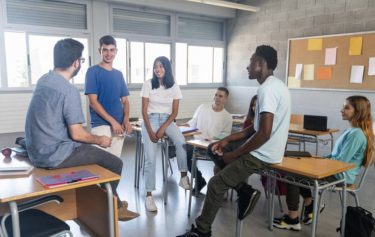
The Students as Partners program pairs an equity-minded undergraduate student with a faculty member who seeks to elevate their teaching and their students’ learning. Through this one-semester partnership, pairs collaborated to incorporate the student perspective into the design of a course, assignment, or project. Each pair determines when they meet and the expectations for each meeting. They also meet as a large cohort throughout the semester, where participants discuss a pedagogical approach to their partnership and share what they’ve accomplished through their collaboration.
This portfolio showcases a diverse range of projects with unique objectives and outcomes. The Students as Partners framework encourages each project to have its own personality, with the goal of the final product being more student-focused. If working with an undergraduate student is something that aligns with your teaching philosophy, don't hesitate to get in touch with Jacie Moriyama.
Students as Partners: Spring 2025 Projects at a Glance
Project Objective:
The goal of this project is to place the story of fast fashion within our own community and state and gain an understanding of the larger-scale of fast fashion's impact on the environment, other species, and the colonial project. We met our objectives by co-conceiving a gap of knowledge and a creative pedagogical way in which it could be met. Aaron took the lead in designing a class experience as a formative assessment to articulate connections between fast fashion and colonialism within the Boulder context.
Project Benefits for Students:
Students this semester, and in the future, gained an understanding of the longer timeframe in which fast fashion has been an influencer on the climate and the environment, and understand how that played out in Boulder and how it impacted issues of equity.
Project Assessment:
We will assess the impact of the project when it is implemented in the Spring of 2026 by generating an equity-minded assessment of the project that is done in class after the project. We would like to triangulate our methods by using a focus group-style student group reflection, and by using a numeric rubric students can fill out as well as faculty.
Project Challenges:
The challenge was figuring out how to focus this project since it is so expansive in history and relevance-- there is only so much contact time with students! Hard to make it smaller when it has so much potential. Multi-year student partner carryover could be a wonderful thing to explore to help with this.
Project Leads:
- Aaron Klass, Student as Pedagogical Consultant, CTL
- Beth Osnes, Faculty Advisor, Theatre and Dance
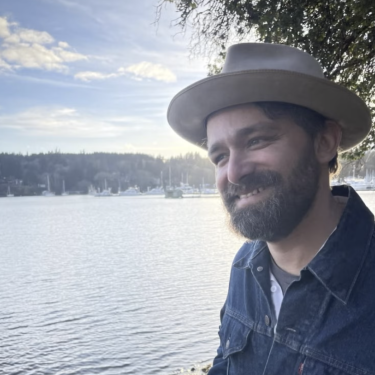 Aaron Klass |  Beth Osnes |
Project Artifact:
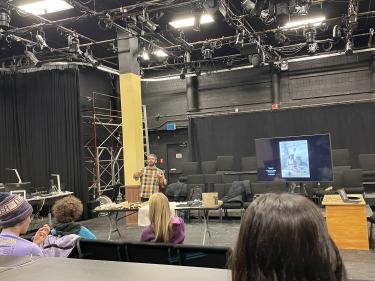
Project Objective:
STEM students don't necessarily have the prior knowledge to work with humanities texts/assignments. This course, designed for students participating in the interdisciplinary space minor and Asian Studies students, draws a high degree of STEM majors. The project was designed to assess how clear course objectives, expectations, and assignments were and to improve the assignments to be accessible to students without literary analysis/creative writing backgrounds.
Project Benefits for Students:
The assignment will be clearer from the get-go. Abi [Student Pedagogical Consultant] gave me really good insights into coaching students that their stories don't have to be "good" but instead should make the reader think, should have a point, should include science and this framework is really helpful. Abi also drafted a lesson plan on literary analysis 101 that I can use with future classes.
Project Assessment:
Student engagement and success on the assignment - both were achieved. Future assessment will be to see how it goes in round 2 when I teach the class again in Spring 2026.
Project Challenges:
I wasn't sure at the beginning how the creative short story option would go or how I would engage students in peer review of these projects. Abi helped me think through how to frame the story expectations, write the assignment, and the rubric, and I think it went well.
Project Leads:
- Abi Horton, Senior Student as Pedagogical Consultant, CTL
- Lauren Collins, Program Director and Teaching Assistant Professor, Asian Studies, CENTER FOR ASIAN STUDIES
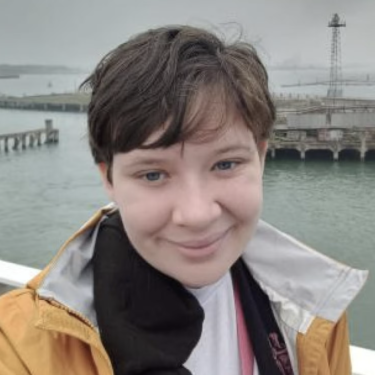 Abi Horton | 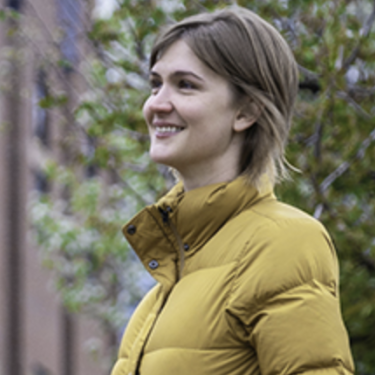 Lauren Collins |
Project Artifact:
Project Objective:
The objectives of my project are to enhance student interaction and engagement during class sessions, improve the clarity of assignments and instructions, and revise the course structure based on student feedback and observed outcomes. These goals evolved as I identified specific areas where students would benefit from clearer communication and more active participation. We met the objectives through weekly meetings with my student partner, where we reviewed lesson plans and assignments together. Grace also observed my class and provided detailed feedback using the CTL observation protocol, as well as insights from her perspective as a student. In addition, she was added as an observer to the Canvas course to evaluate the clarity of instructions and the organization of the course materials, which helped refine assignment descriptions and improve overall course navigation. She also helped me develop a mid-review survey to collect students feedback about the class.
Project Benefits for Students:
Students in my current and future classes will benefit from clearer assignment instructions and course organization, which allows them to focus more on the content rather than getting caught up in logistical confusion. The improved structure also promotes better engagement, keeps students more accountable during class, and helps sustain their motivation throughout the course.
Project Assessment:
I assessed the project through observations of student satisfaction and engagement throughout the semester. I plan to the FCQs and compare them with responses from the mid-semester survey to identify any improvements or ongoing challenges. In the future, I will continue using mid-semester surveys and FCQs to monitor the impact of course changes. Additionally, I intend to track trends in attendance, participation, and overall student performance across semesters to assess long-term improvements in engagement and learning outcomes.
Project Challenges:
One of the main challenges we encountered was taking the time to clarify and align our goals and objectives at the beginning of the project. It took a few meetings to establish a clear direction and identify what changes we wanted to implement. Additionally, for some aspects of the project—such as selecting appropriate observation protocols and designing engagement strategies—we sought guidance from CTL experts, which was incredibly helpful in navigating those initial uncertainties and ensuring our approach was effective.
Project Leads:
- Grace Zinser, Student as Pedagogical Consultant, CTL
- Sara Tabatabaie, Assistant Teaching Professor, SUSTAINABLE PLANNING & URBAN DESIGN, LANDSCAPE ARCHITECTURE
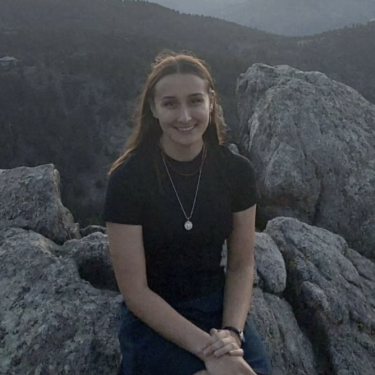 Grace Zinser | 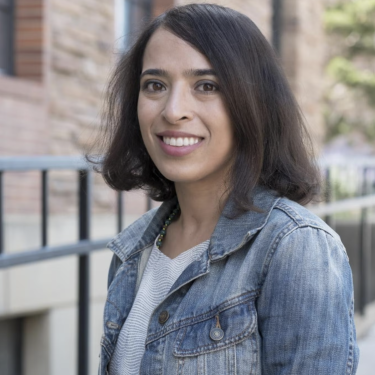 Sara Tabatabaie |
Project Artifact:
Coming Soon
Project Objective:
Our overarching objective was to co-design the syllabus for a new one-credit course on US immigration law and policy for the Miramontes Arts & Sciences Program (MASP). We designed this course to highlight the intersection of law, policy, and lived experiences for US immigrant communities. Prioritizing a strong understanding of this intersection is especially important since US immigration policy is often disconnected from the on-the-ground reality in many immigrant communities. Given MASP’s focus on supporting the lived and individual experiences and achievements of students from historically underrepresented communities, this topic is of particular personal relevance for many students who would take this course. Specifically, we aimed to co-create the course description, learning objectives, guiding questions, calendar of topics, and assessment strategy. We also planned to identify ideas for course readings and in-class active learning activities.
In this first semester of our partnership, we completed a substantial portion of the syllabus including the course description, learning objectives, guiding questions, a detailed list of topics to be covered in each class, and several ideas for active learning activities. In doing so, we prioritized the inclusion of our respective areas of interest and expertise and aspects of our lived experience in order to co-develop a syllabus we both saw ourselves reflected in.
We will keep working on developing and refining the course with Kevin teaching the course to approximately 20 students in fall 2025 and Tony continuing to serve as a close pedagogical consultant and course observer.
Project Benefits for Students:
The core principles guiding our co-development of this course are:
(1) emphasizing student participation and active learning, particularly for students that may be more introverted,
(2) challenging traditional classroom power dynamics between the instructor and students, and
(3) providing students a stronger sense of ownership and agency over their education.
In focusing on these principles, our class will provide a more engaging and active classroom environment for students of all learning styles and give students more opportunities to contribute a significant amount of their cultural wealth throughout the course as we work to build an inclusive community within our classroom.
Project Assessment:
The project cannot be fully evaluated until the course is taught in fall 2025. We will create and conduct a mid-semester survey on student engagement and satisfaction with the course thus far. We will use the results to amend the project where needed and apply some changes. Currently in the project, and during the instruction, the partners are evaluating each other on their goals for the project and providing feedback continuously.
Project Challenges:
The partnership remained steady throughout the development of the project. For the student, it was an interesting challenge to navigate course development with little experience, and feeling a sense of ability for such a project. It has been an accomplishing experience for the student to develop and consolidate knowledge pertaining to the course, and collaborating with the instructor to create a model for students to be able to follow logically.
For the faculty, it was a challenge to navigate when to provide the student partner with more independence and when to provide more structure and guidance. It was important for the faculty to give the student the freedom to share their ideas and make sure they had a feeling of agency and ownership over the class, rather than having the student feel like they had to go along with the faculty’s ideas for course design. However, with that independence, the student also needed stronger guidance and feedback from the faculty to help strengthen their confidence and give them the reassurance that their ideas were valued by the faculty. (While the student often said he felt like he didn’t know what he was doing, he’s quite a bit more talented and knowledgeable than he gives himself credit for.)
Moving forward with the partnership, the faculty recognizes the importance of providing the student with more targeted and productive feedback on their contributions to the course design. Although the student and faculty had a strong pre-existing mentoring relationship before starting this partnership, the faculty understands that communication can always be strengthened.
Project Leads:
- Anthony Cortez, Student as Pedagogical Consultant, CTL
- Kevin Mason, Assistant Director for Social Science Education, MIRAMONTES ARTS & SCIENCES PROGRAM
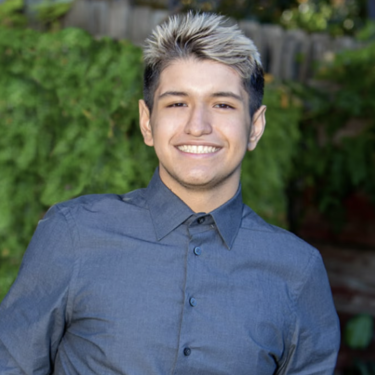 Anthony Cortez | 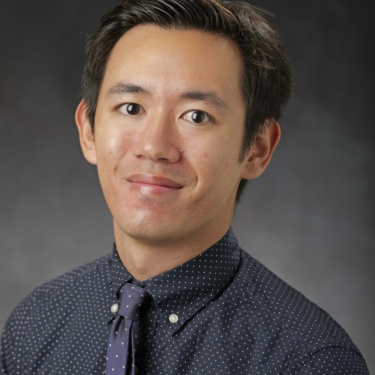 Kevin Mason |
Project Artifact:
Coming Soon
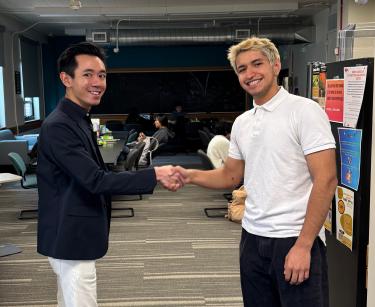
- Teaching Support Programs
- Faculty Learning & Collaboration Hub
- Course Design Support
- Faculty Fellows
- Mental Health and Wellness Faculty Fellows
- Grade for Student Success Faculty Guide
- Fall Conference
- Fall Intensive
- Inclusive Community of Practice (ICoP)
- Innovation Incubator
- Innovating Large Courses Initiative (ILCI)
- Online Teaching Community of Practice (OCoP)
- Spring Conference
- Pedagogical Research & Development Center Design Thinking Workshop
- Teaching Circles
- Graduate Student Programs
- Undergraduate Student Programs
- Books & Podcasts for Educators
- Micro-Credentials
- Innovative Teaching Initiatives

